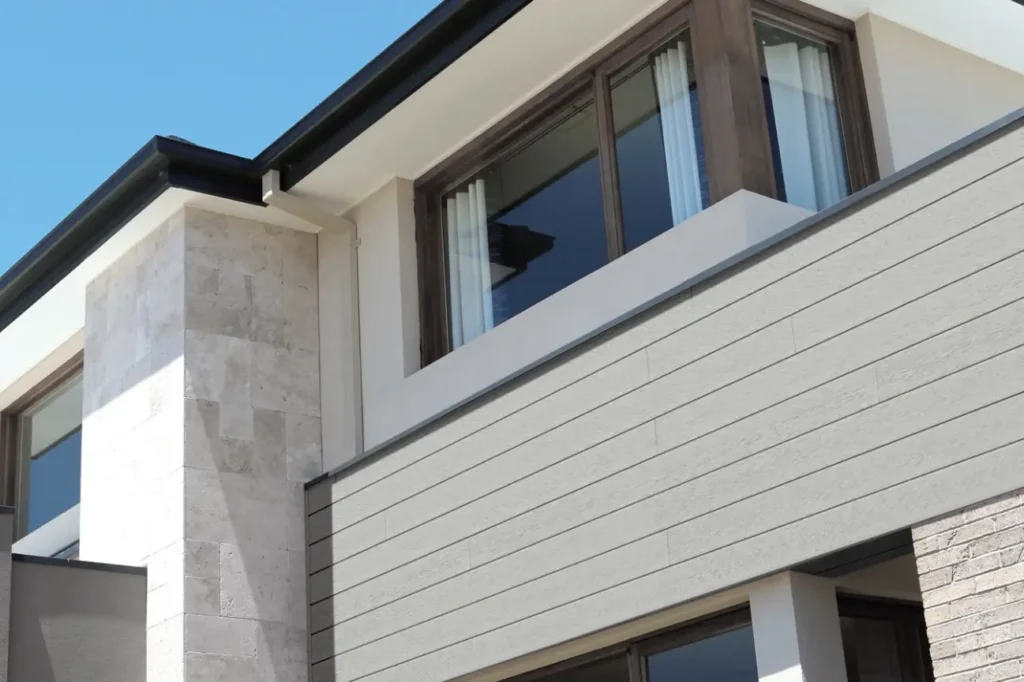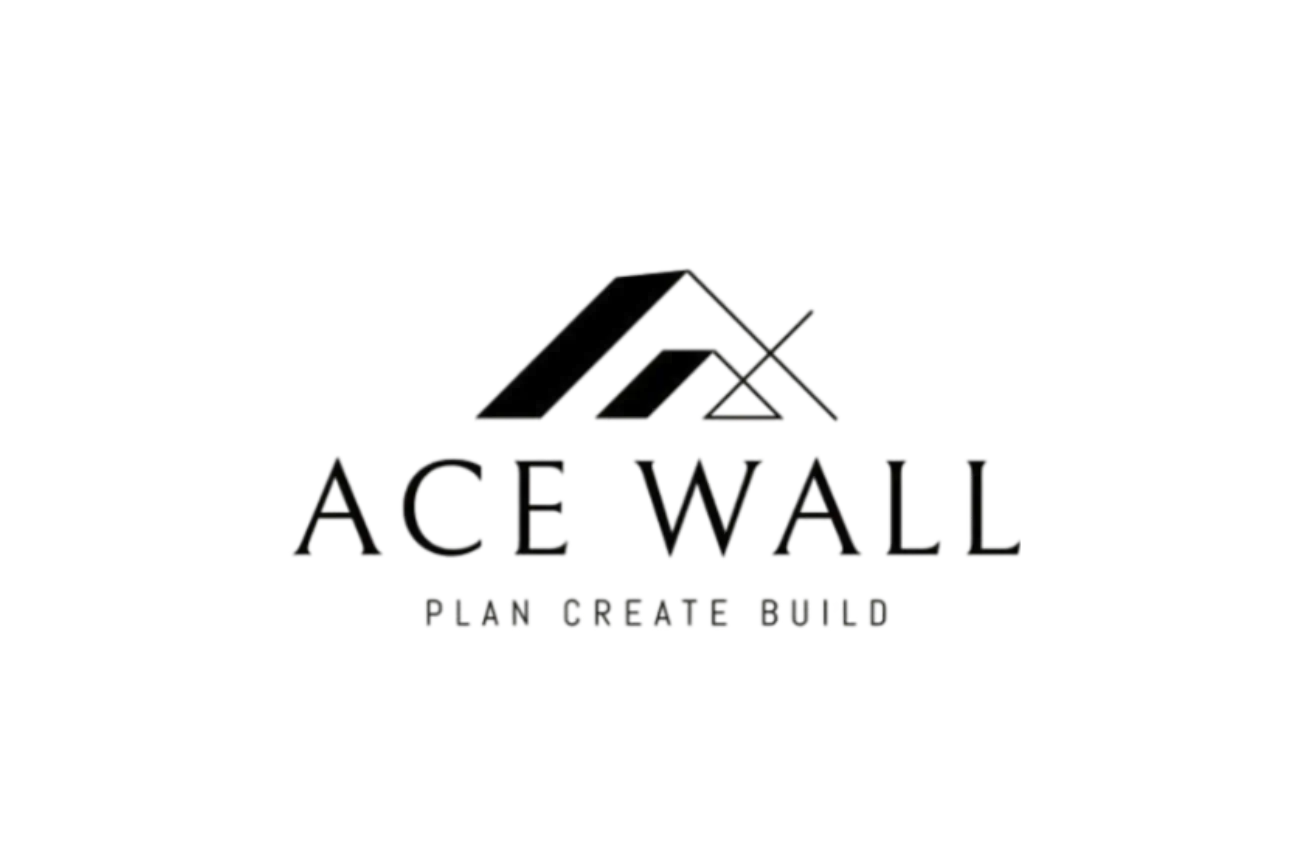Editorial Guidelines

At Cladding Auckland, we are committed to producing clear, reliable, and expert-driven content for homeowners, developers, contractors, and property managers across the Auckland region. Whether we are explaining the benefits of recladding, comparing cladding materials, or outlining seasonal maintenance practices, every article we publish reflects our values: clarity, professionalism, trust, and expertise.
These editorial guidelines serve as a framework for our in-house writers, digital partners, and external contributors to ensure that all content produced under the Cladding Auckland brand meets the highest standard of quality and consistency.
1. Accuracy and Trustworthiness
All content for Cladding Auckland must be accurate, timely, and based on real-world construction and cladding knowledge.
- Technical Precision: Ensure information about cladding installation, building code compliance, insulation benefits, and moisture protection reflects current New Zealand standards.
- Verified Sources: Use reputable sources such as Auckland Council guidelines, NZ Building Code, or trusted material suppliers.
- Citations: Provide references or links for any statistics, regulations, or technical claims.
2. Brand Voice and Tone
The voice of Cladding Auckland is professional yet approachable.
- Authoritative but Accessible: We explain complex building topics in plain language.
- Helpful and Empowering: Articles should provide guidance that helps readers make confident decisions about their property.
- Defined Terms: Technical phrases like “weathertightness,” “ventilated cavity,” or “fibre cement cladding” should be explained simply for all audiences.
3. Formatting and Readability
Clarity and ease of use are central to our content.
- Use H1 for main titles, H2 for key sections, and H3 for supporting points.
- Keep paragraphs concise (2–4 sentences).
- Use bullet points, numbered lists, and bolding for emphasis.
- End articles with clear calls-to-action such as: “Contact Cladding Auckland today for expert advice.”
4. SEO and Discoverability
Content must be optimized so property owners can find Cladding Auckland online quickly.
- Keyword Integration: Use natural phrasing with terms like “recladding Auckland,” “timber cladding,” or “plaster cladding services.”
- Meta Descriptions: Write concise summaries including focus keywords to improve click-through rates.
- Internal Linking: Direct readers to related service pages, FAQs, or the contact form to enhance site navigation.
5. Originality and Ethics
Integrity is central to the Cladding Auckland brand.
- No Plagiarism: All writing must be original and created for our platform.
- Proper Credit: Attribute data, tools, or third-party visuals appropriately.
- Human Review: While AI may assist with drafting, all content must be reviewed and approved by a qualified editor.
6. Media and Visual Standards
Supporting visuals must be accurate and professional.
- Use real project photos from Cladding Auckland whenever possible.
- Ensure all images are high-resolution, mobile-friendly, and legally licensed.
- Provide descriptive alt text that includes relevant keywords for SEO and accessibility.
7. Key Content Categories
Content for Cladding Auckland generally fits into the following categories:
- Planning Guides: How to choose materials, budget for projects, or prepare sites.
- Installation Overviews: Step-by-step explanations of cladding systems.
- Maintenance and Care: Advice on protecting cladding from weather and wear.
- Project Spotlights: Case studies with before-and-after comparisons.
- Regulation and Compliance: Clear explanations of council consent and building code requirements.
- Cost Insights: Helping readers understand budgeting factors and long-term savings.
8. Editorial Workflow
Every article follows a structured publishing process to maintain consistency:
- Initial Review: Drafts are checked for accuracy, structure, and tone.
- Editing: Adjustments improve readability, SEO performance, and engagement.
- Final Approval: Senior editors sign off before publishing.
- Ongoing Review: Published content is updated regularly to ensure accuracy.
9. Accessibility and Inclusivity
Cladding Auckland content is designed to be accessible to all readers.
- Use inclusive, respectful language.
- Structure articles for ease of use with assistive technologies.
- Clearly disclose any sponsored or third-party content.
10. Content Longevity and Updates
Our content is designed to remain relevant and helpful.
- Review Cycle: Articles are re-evaluated every 6–12 months.
- Timely Corrections: Any inaccuracies are updated promptly and transparently.
- Evergreen Content: Focus on topics that remain useful long term while adding updates as needed.
Contribute to Our Content
Do you have expertise in recladding, timber systems, plaster finishes, or construction planning? Cladding Auckland welcomes contributions that align with our editorial standards and support our goal of educating property owners with professional, accurate insights.
📧 Send your pitch or article idea to: info@claddingauckland.nz
To connect with our editorial team or learn more, please visit our Contact Us page.



